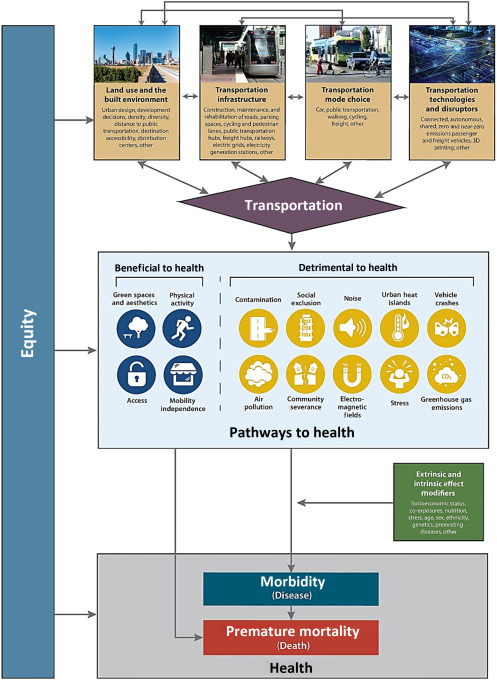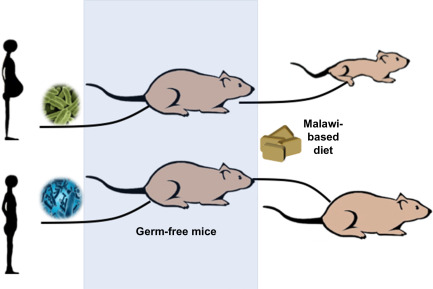Design for Health, January 2020, Pages 323-340
Introduction to Industrial Energy Efficiency, Energy Auditing, Energy Management, and Policy Issues, 2020, Pages 215-226
Encyclopedia of Renewable and Sustainable Materials: Nanomaterial for CO2 Sequestration, Volume 3, 2020
Teenagers, Sexual Health Information and the Digital Age, 2020, Pages 5-23
Teenagers, Sexual Health Information and the Digital Age, 2020, Pages 123-133
Advances in Transportation and Health, Tools, Technologies, Policies, and Developments, 2020, Pages 3-32
The Developing Microbiome, Lessons from Early Life, 2020, Pages 157-181


